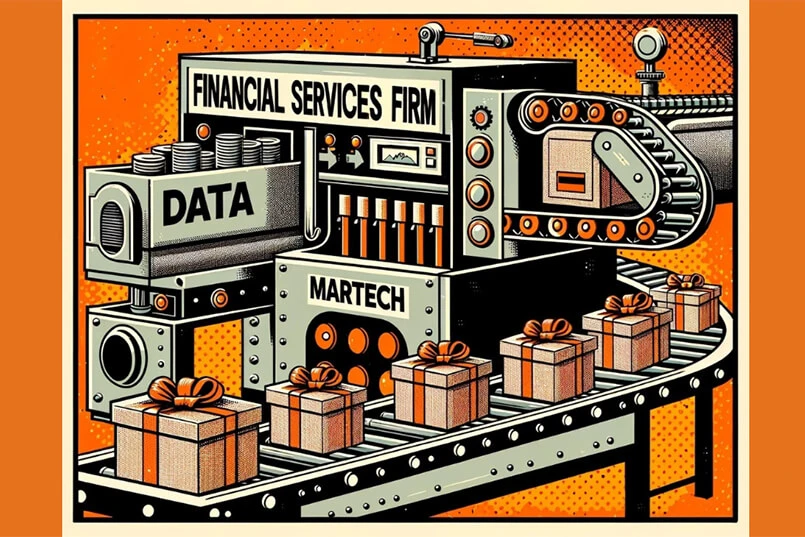Client Category – Multinational Corporate
Challenging Problem:
The client’s marketing function was decentralised and operating across eight different business divisions. Budgets were fragmented, processes were inconsistent, and multiple campaigns and initiatives were being created independent of each other. The marketing effort involved more than 120 marketing FTEs working with an agency roster of almost 100.
Creative Solution:
Over the course of the engagement, TrinityP3:
- Identified the main marketing requirements of the organisation, matched these to the existing skill sets across the marketing teams and recommended key structural changes
- Created, developed and helped to implement a partially centralised marketing structure which still allowed business unit flexibility where required
- Designed and implemented a uniform campaign development process, including an Engagement Agreement across all marketers and key agencies
- Benchmarked the FTE levels required to manage the marketing activities effectively, and worked with HR to implement changes
- Developed and implemented an output-based cost model for all campaign elements and collateral deliverables
- Managed the reduction of the agency roster from 100 to 15, designed and introduced a clear working model for the new roster, and ensured that all agencies understood their roles, areas of expertise and responsibilities
- Introduced a print procurement methodology and managed a tender process to reduce printing costs by more than 25%
Timeline:
The work was completed over ten months.
Results and feedback:
The marketing function has moved from decentralised inefficiency and waste to a highly efficient, partially centralised model closely matching the specific marketing requirements of the organisation.
The agency roster – now 85% smaller – allows for a proper concentration of marketing spend with fewer, better connected and more committed agency partnerships.
Substantial cost savings – upwards of 25% of annual A&P – have been achieved through implementing an effective and efficient marketing structure, introducing print procurement efficiency and marketing process improvements, implementing an output-based cost model for all deliverables and ensuring more appropriate agency engagement within a right-sized roster model.




